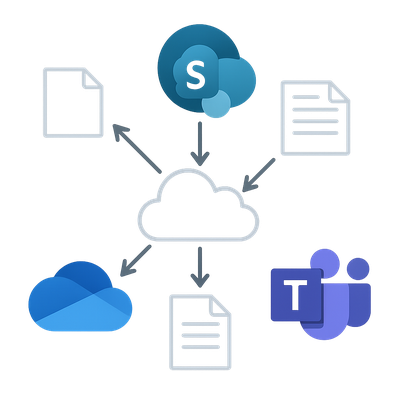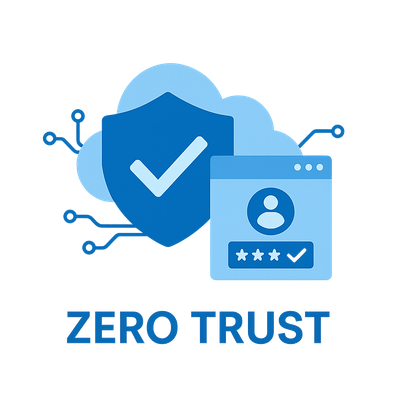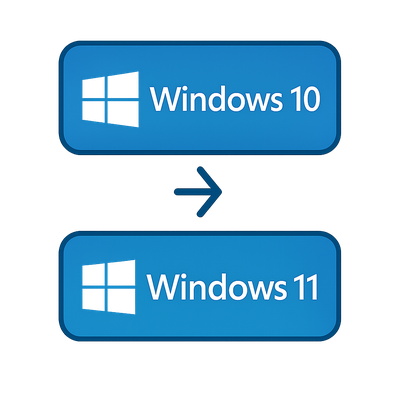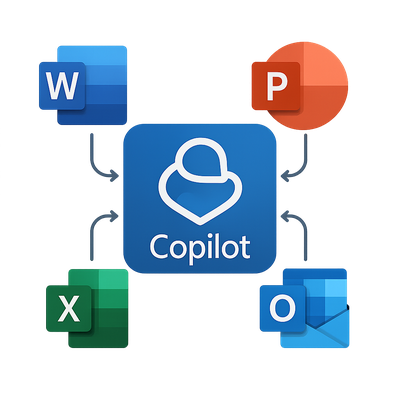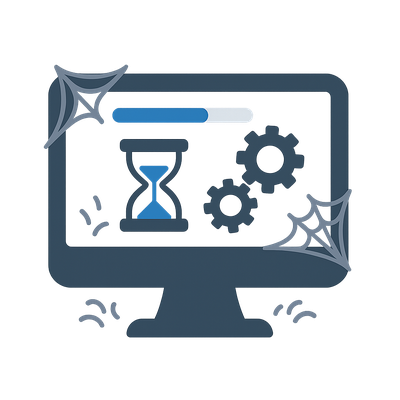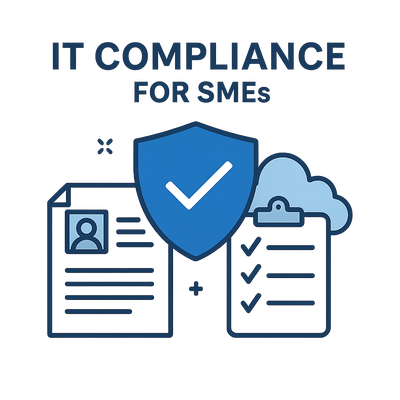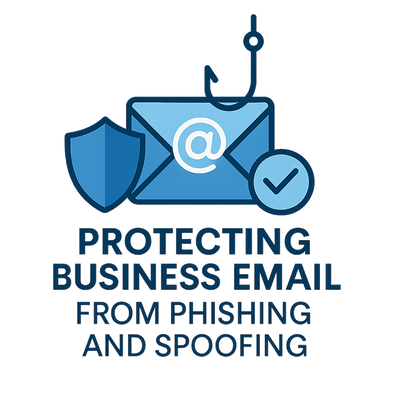
By Geek - September 2025
Email remains the most common attack vector for cybercriminals targeting small and medium-sized businesses. Phishing and spoofing attacks exploit trust, convincing staff to reveal passwords, transfer money, or click on malicious links. Even with spam filters, these threats evolve constantly. A strong email security strategy protects your brand, your data, and your customers.
Understanding Phishing and Spoofing
Phishing refers to fraudulent attempts to obtain sensitive information by pretending to be a trustworthy entity. These messages often imitate banks, suppliers, or even your own staff. Spoofing occurs when attackers forge the “From” address to make an email look legitimate, often using a domain similar to your business name. Together, they form one of the most effective and damaging methods of cyberattack against businesses today.
Why Small Businesses Are Targeted
Small businesses are often seen as easier targets due to limited IT resources and inconsistent email security controls. Attackers know that employees are busy and may overlook small warning signs. A single successful phishing attack can lead to data breaches, ransomware infections, or financial loss.
Recognising Common Warning Signs
- Emails with urgent requests for payment or password resets.
- Messages containing slightly altered domain names (e.g. “example-co.com” instead of “example.com”).
- Unexpected attachments or links leading to unfamiliar websites.
- Emails that bypass normal communication channels or target senior staff directly.
Training employees to spot these red flags is essential, but prevention begins with technical safeguards at the domain and mail-server level.
Implementing Email Authentication Standards
Modern email protection relies on authentication protocols that verify whether a message is genuinely sent from your domain. Three key technologies work together to protect your reputation and block spoofed messages:
- SPF (Sender Policy Framework): Lists which mail servers are allowed to send email on behalf of your domain. It prevents unauthorised servers from impersonating you.
- DKIM (DomainKeys Identified Mail): Adds a digital signature to outgoing messages, confirming that they have not been tampered with during delivery.
- DMARC (Domain-based Message Authentication, Reporting & Conformance): Builds on SPF and DKIM to tell receiving mail servers what to do if an email fails authentication, such as quarantine or reject it, and provides reporting for visibility.
Together, these standards protect your domain reputation, reduce phishing success rates, and help ensure your legitimate emails reach inboxes reliably.
“SPF, DKIM, and DMARC work together as the digital ID system for your email domain, proving you are who you say you are.”
Using Multi-Factor Authentication (MFA)
Even with strong domain security, individual mailbox access remains a weak point. Multi-factor authentication (MFA) adds an extra layer of defence by requiring a secondary verification step, such as a mobile prompt or hardware token. This prevents unauthorised access even if passwords are stolen through phishing.
Employee Awareness and Ongoing Training
Technology can block many attacks, but human error remains the largest vulnerability. Regular cybersecurity awareness sessions teach staff how to recognise fake emails, report incidents quickly, and avoid risky behaviour. Periodic simulated phishing exercises are an effective way to measure readiness and improve responses.
Email Gateway and Filtering Solutions
Modern email security gateways analyse messages before they reach inboxes, using machine learning and threat intelligence to detect malicious links, attachments, and suspicious behaviour. Some solutions also integrate with Microsoft 365 or Google Workspace for seamless policy enforcement. These tools complement SPF, DKIM, and DMARC by identifying threats that bypass authentication.
Protecting Your Domain Reputation
Cybercriminals not only target users but also exploit your brand by sending fake emails that appear to come from your domain. This damages credibility and can lead to blacklisting of your legitimate messages. Publishing strict DMARC policies (“p=quarantine” or “p=reject”) and monitoring reports helps protect your reputation while maintaining deliverability.
Responding to an Email Security Incident
If a phishing attack succeeds, quick action is crucial. Steps include resetting compromised passwords, revoking tokens, scanning affected systems, and notifying impacted clients if necessary. Microsoft 365 and Google Workspace both provide administrative audit logs and recovery options to trace activity and restore security quickly.
Building a Layered Email Security Strategy
No single tool can block all attacks. A layered approach combines domain authentication, user training, gateway filtering, and incident response planning. For small businesses, this layered model offers enterprise-grade protection without excessive cost. Regular reviews of email policies, user permissions, and system logs help ensure defences remain effective against new threats.
“Phishing protection is not a one-time setup, it’s an ongoing process of vigilance, testing, and adaptation.”
How Can We Help You?
We help businesses implement complete email security frameworks that defend against phishing, spoofing, and credential theft. We configure SPF, DKIM, and DMARC records, set up MFA, and deploy advanced filtering tools that integrate with Microsoft 365 or Google Workspace. We also deliver staff awareness training and monitoring to ensure ongoing protection. With our help, your business can communicate safely and maintain customer trust.


